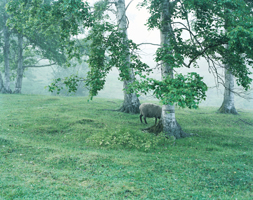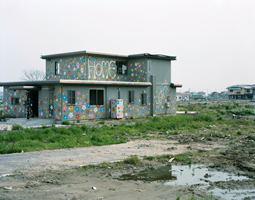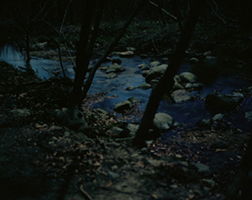 |
 |
 |
|
“Even the moon is disagreeable without the rift between the clouds.” These words have traveled down the centuries to us from Murata Jukō, who originated the minimalist aesthetic of tea called wabi-cha in the 15th century. When the moon is veiled by the clouds and hard to see, our desire to view it conjures up a mental image of the moon shining brightly. I understand this saying as meaning that this kind of moon is more beautiful than any other. Underpinned as it has been by Buddhist thought, Japanese art could be described as the history of expressing “the other world” that we cannot see. For us, living in the 21st century, it is very hard to imagine the perspective on the world held by people who lived in a time before the development of science. It feels as distant as the opposite bank of the Sanzu River that we must cross to reach the afterlife. How many times must God die before we reach modern thought? However, while I am not a devout believer in religion, I have a talent for imagining existence beyond what the eye can see. Right now, I am trying to follow my perceptions using contemporary science and technology in the form of photography.
|
|
![]()